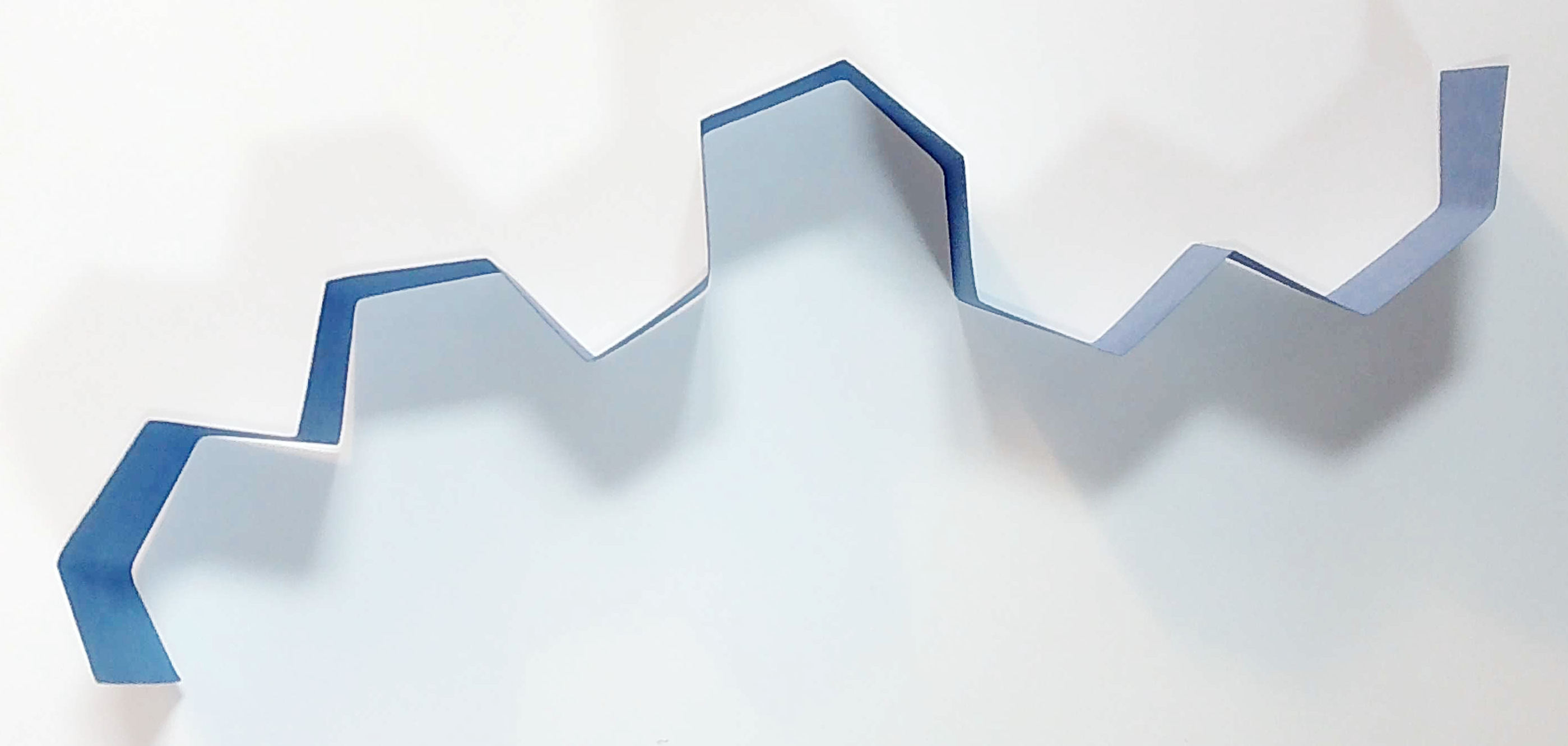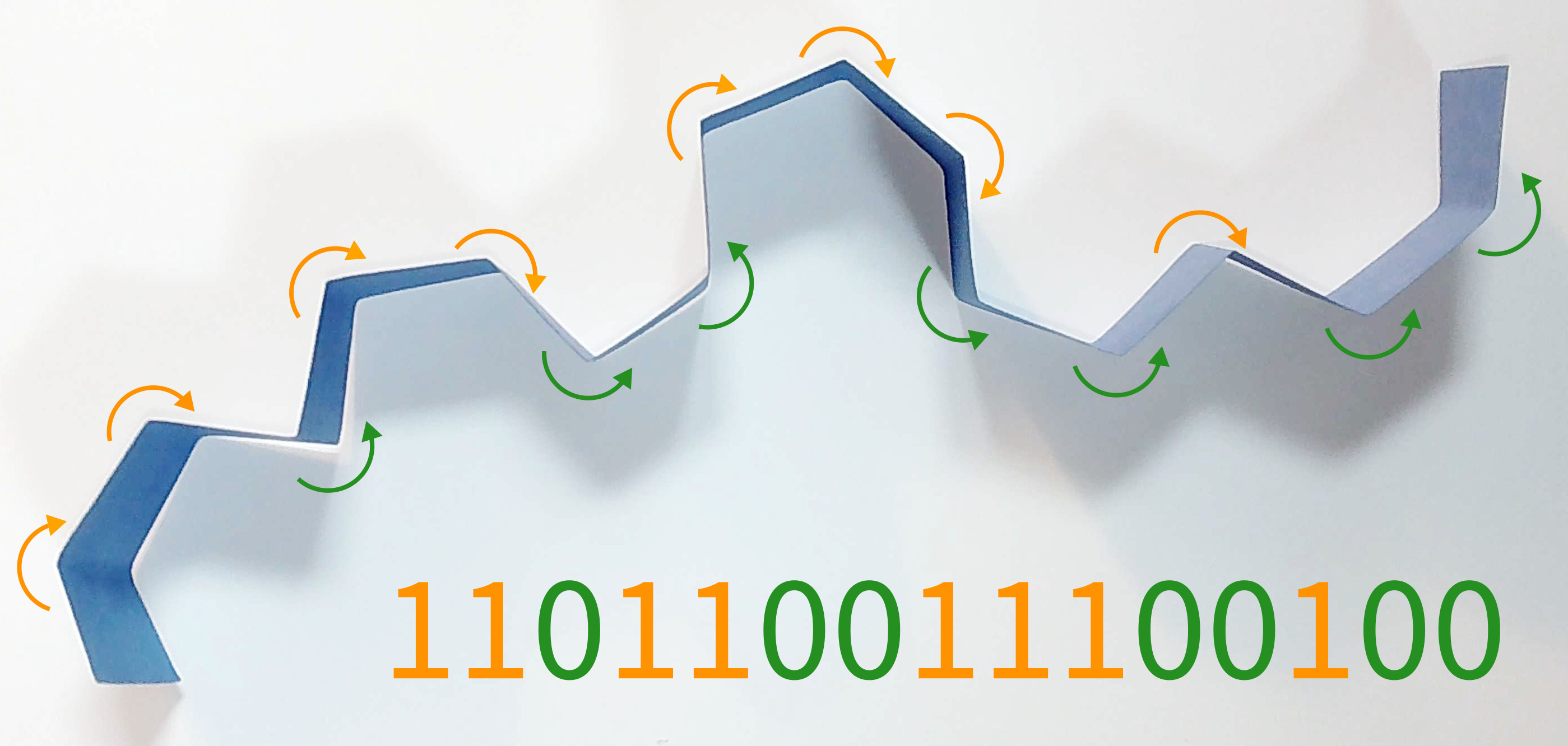Lecture 9
Recursion
MCS 275 Spring 2023
Emily Dumas
Lecture 9: Recursion
Reminders and announcements:
- Homework 4 due Tuesday at Noon
- Project 1 due next Friday, Feb 10, at 6pm
Recursion
In computer science, recursion refers to a method of solving a problem that depends on solving a smaller version of the same problem.
Usually, recursion involves a function calling itself.
Strategies using recursion
- Divide and conquer: A problem can be split into pieces; solutions for the pieces can be combined to the full solution.
- e.g. Mergesort
- "Decrease and conquer": Reduce a problem for a given input (e.g.
n) to the answer for a slightly smaller input (e.g.n-1) and a bit of extra work. - e.g. Factorial
Iteration
Recursive solutions are often contrasted with iterative solutions.
- Iterative: Loops and local variables keep track of all state (work to be done, work completed, next ...)
- Recursive: Arguments keep track of current state; return values send back results.
Recursive solutions can always be converted to iterative ones, often at the cost of more complex code.
Stop condition
A function that always calls itself will never finish!
Recursion must include some kind of stop condition—a case in which the function can directly return an answer instead of calling itself.
Today's examples
- Factorial
- Fibonacci numbers
- Paper folding sequence
Factorial
The classic first example of recursion, computing $$n! = n \times (n-1) \times \cdots \times 2 \times 1.$$
The argument to the function decreases with each subsequent call, so it eventually reaches the stop condition ($n \leq 1$).
Fibonacci
The Fibonacci numbers are defined by $$F_0=0,\; F_1=1,\; \text{and }F_n = F_{n-1} + F_{n-2}$$
So the sequence begins $0,1,1,2,3,5,8,13,...$
The definition immediately suggests a recursive implementation.
Paper folding sequence

- Start with a strip of paper
- Fold it in half
ntimes, always in the same direction - Unfold and read the in/out creases
0and1
Paper folding sequence

Paper folding sequence
Let's use $\oplus$ to mean concatenation of binary sequences, so $0110 \oplus 11 = 011011$.
If $A$ is a binary sequence, let $\bar{A}$ denote the sequence with $0$ and $1$ switched, e.g. $\overline{11101} = 00010$
Finally, let $A^r$ denote the sequence in opposite order, e.g. $10010^r = 01001$.
$$PFS(n) = PFS(n-1) \oplus 1 \oplus \overline{PFS(n-1)^r}$$
Cool fact
If you use the infinite paper folding sequence as the binary digits of a real number, you get the paper folding constant.
$$ \begin{split} PFC &= (0.11011001110010011101100\ldots)_2\\ &= 0.85073618820186\ldots \end{split} $$This number is irrational. In 2007 it was shown1 that it is also transcendental, i.e. cannot be expressed in terms of square roots, cube roots, or any solutions of polynomials with rational coefficients.
Limited recursion depth
Recursive functions are limited by a maximum call stack size. The call stack is a data structure that keeps track of function calls that are currently underway.
- Calling a function → pushing onto call stack
- Returning from a function → popping from call stack
Python imposes a limit to prevent the memory area used to store the call stack from running out (a stack overflow), which would abruptly stop the interpreter.
Iterative solutions
Let's write iterative versions of factorial, Fibonacci, and paper folding. (Or as many as time allows.)
References
- Lutz discusses recursive functions in Chapter 19 (pages 555-559 in the print edition).
- Intro to Python for Computer Science and Data Science by Deitel and Deitel discusses recursion in Chapter 11. The online version of this text is freely available to UIC students, faculty, and staff. (You will first need to log in with you UIC email.)
- The open textbook Think Python, 2ed, by Allen B. Downey discusses recursion in Sections 5.8 to 5.10.
- Computer Science: An Overview by Brookshear and Brylow discusses recursion in Section 5.5. (This book is often an optional text for MCS 260.)
- Lecture 9 of MCS 275 Spring 2023 discusses recursion.
Revision history
- 2022-02-07 Last year's lecture on this topic finalized
- 2023-02-03 Updated version for spring 2023